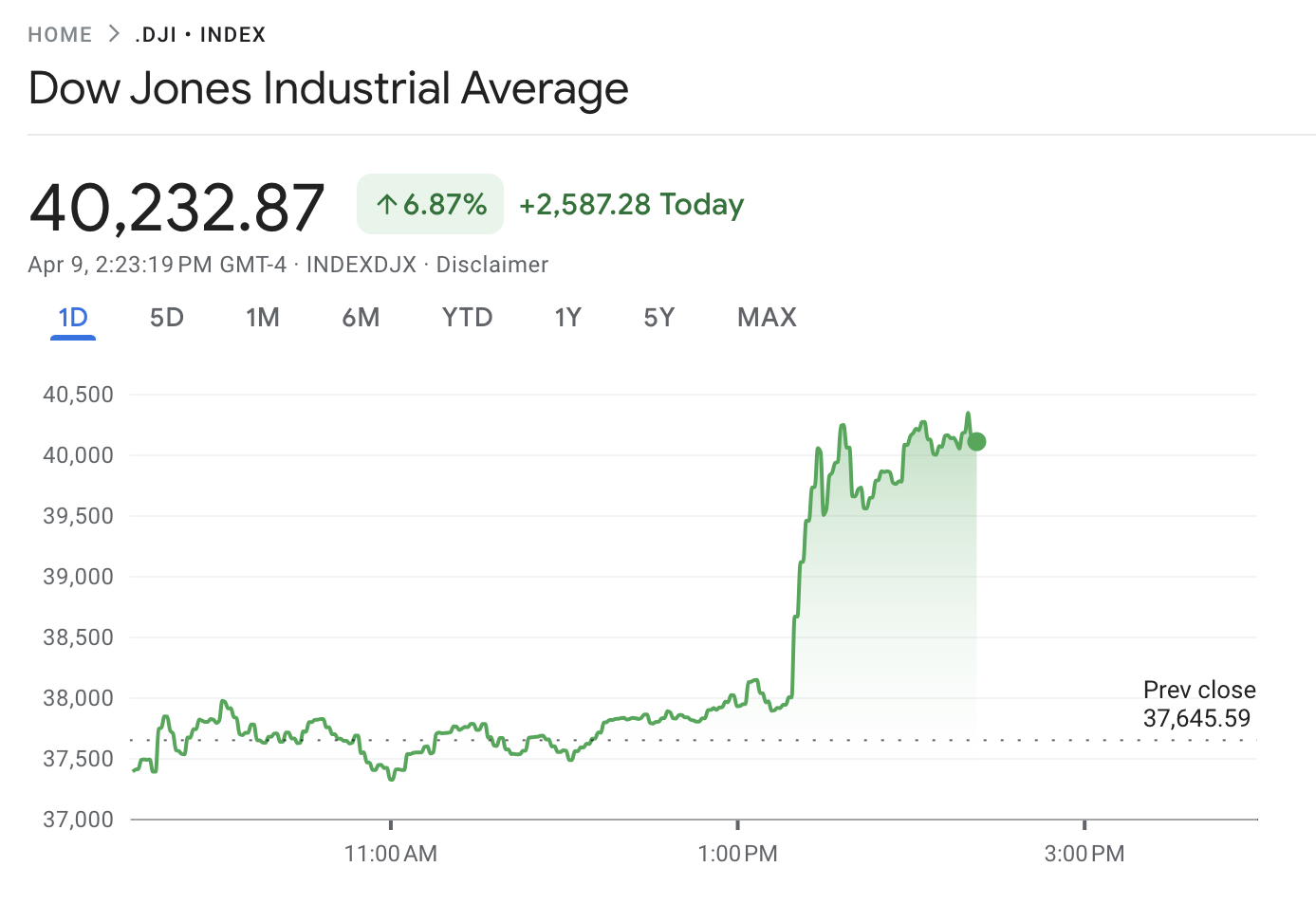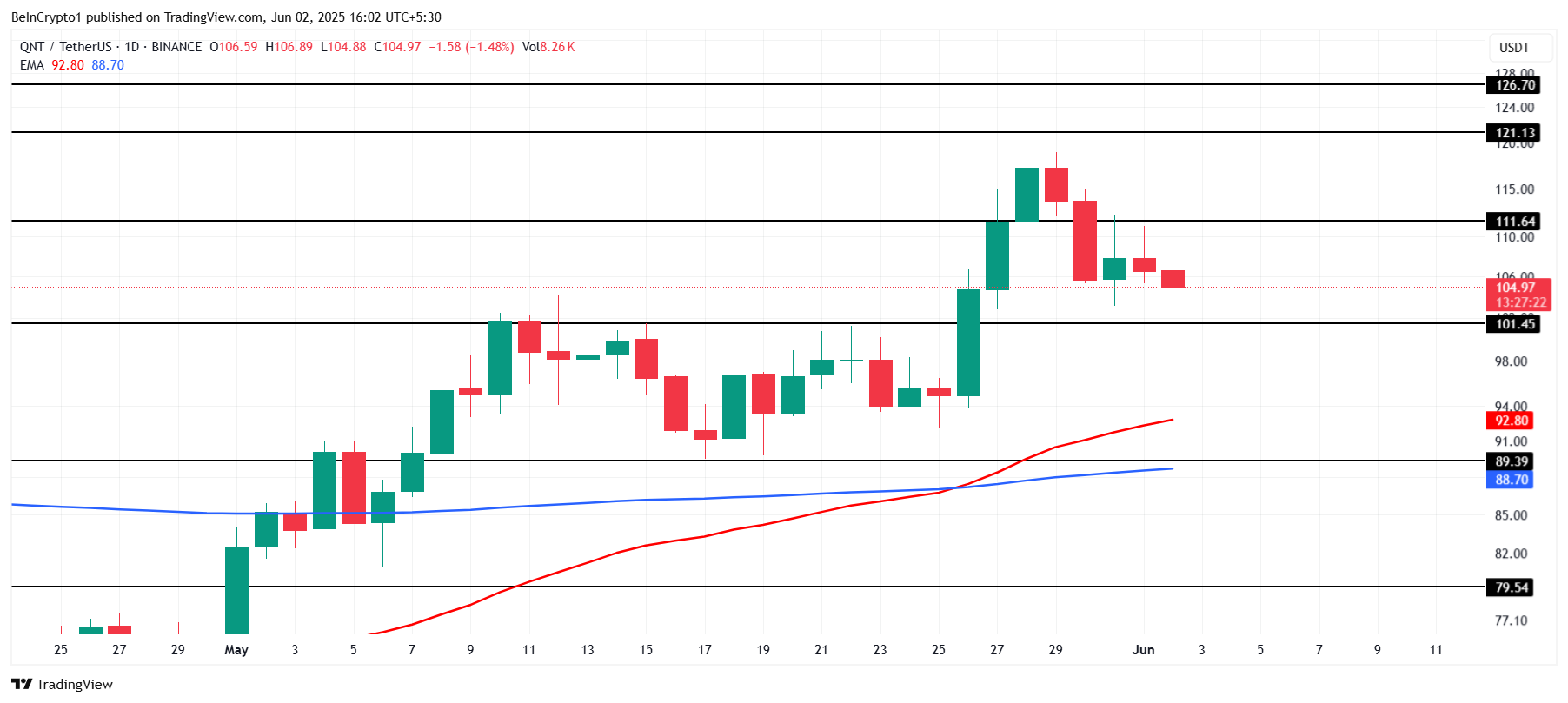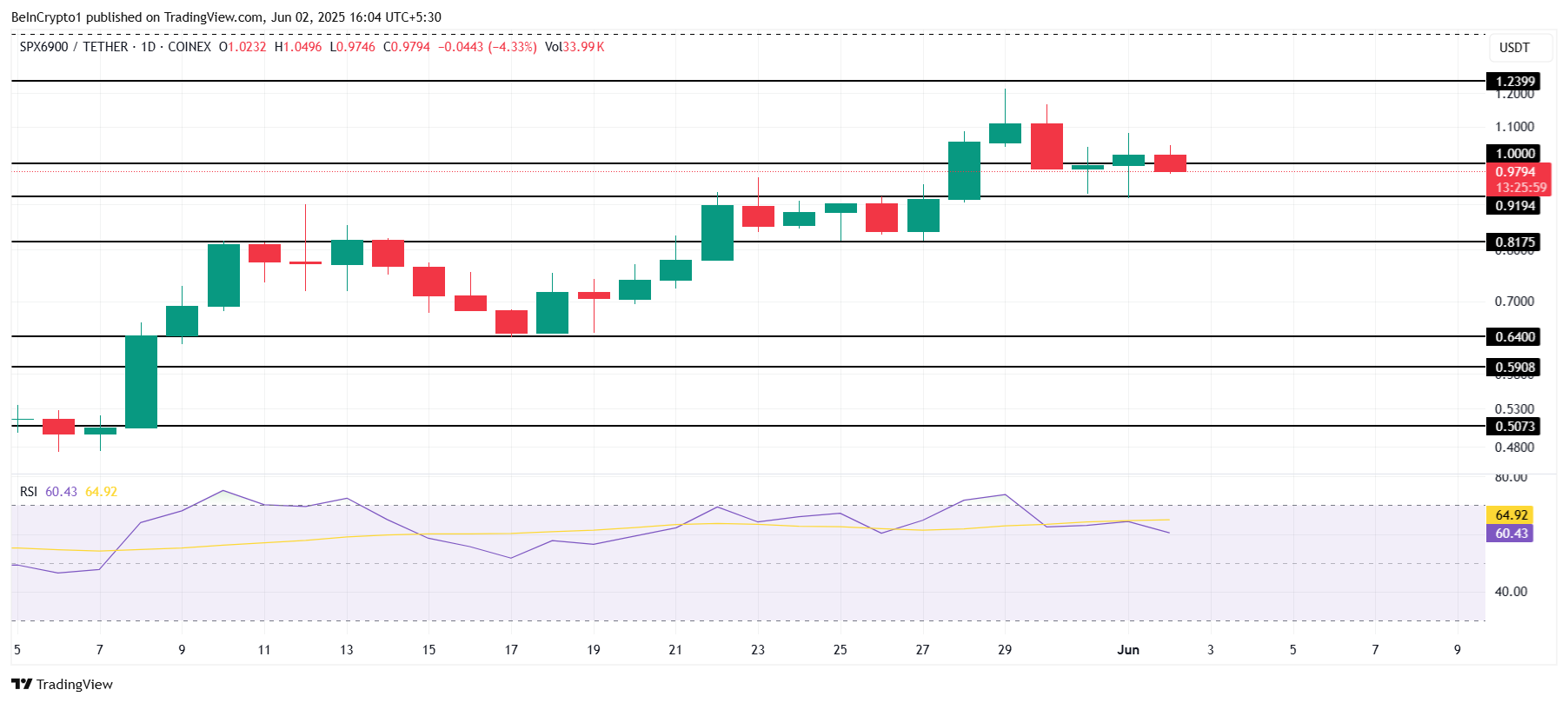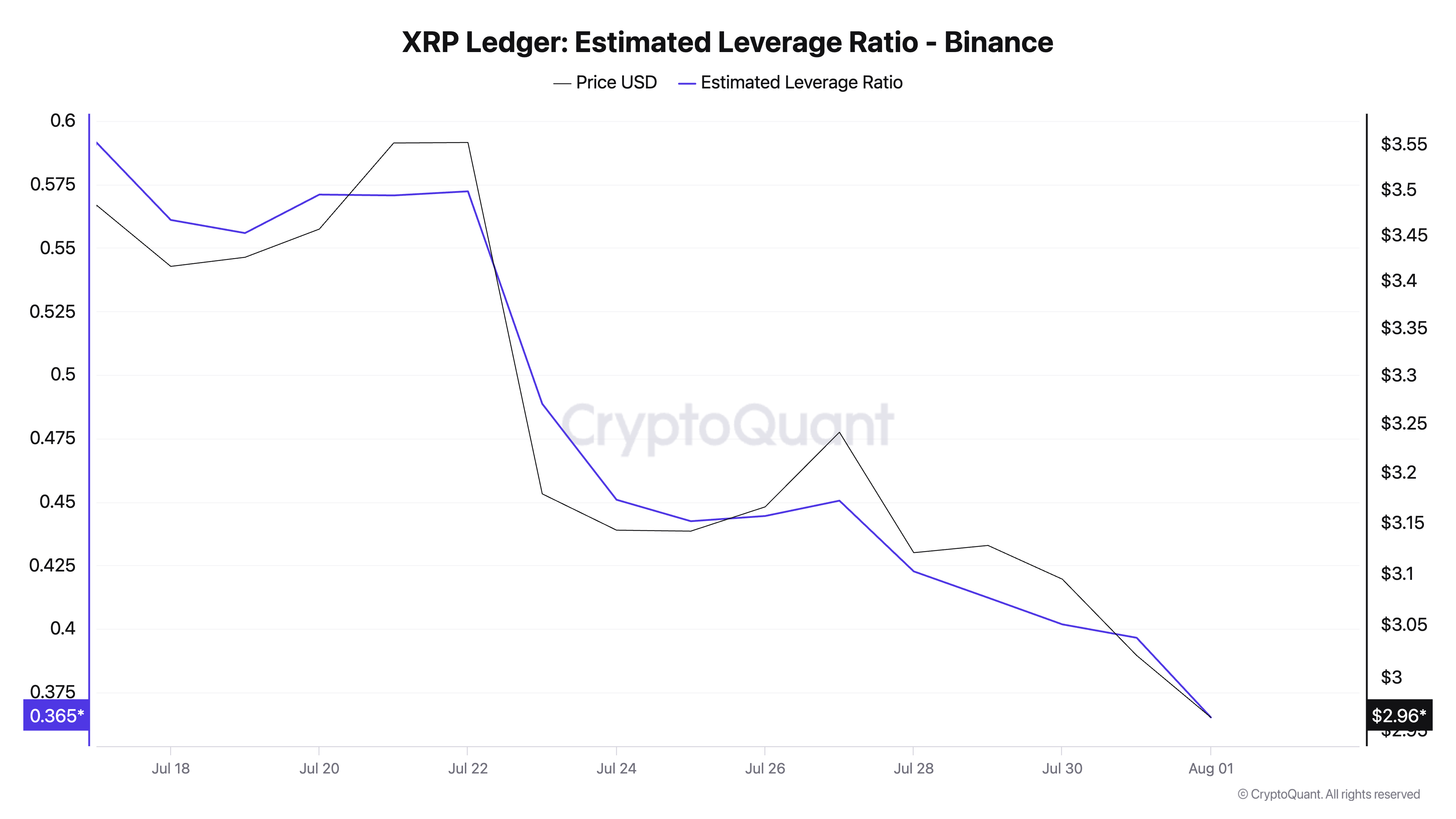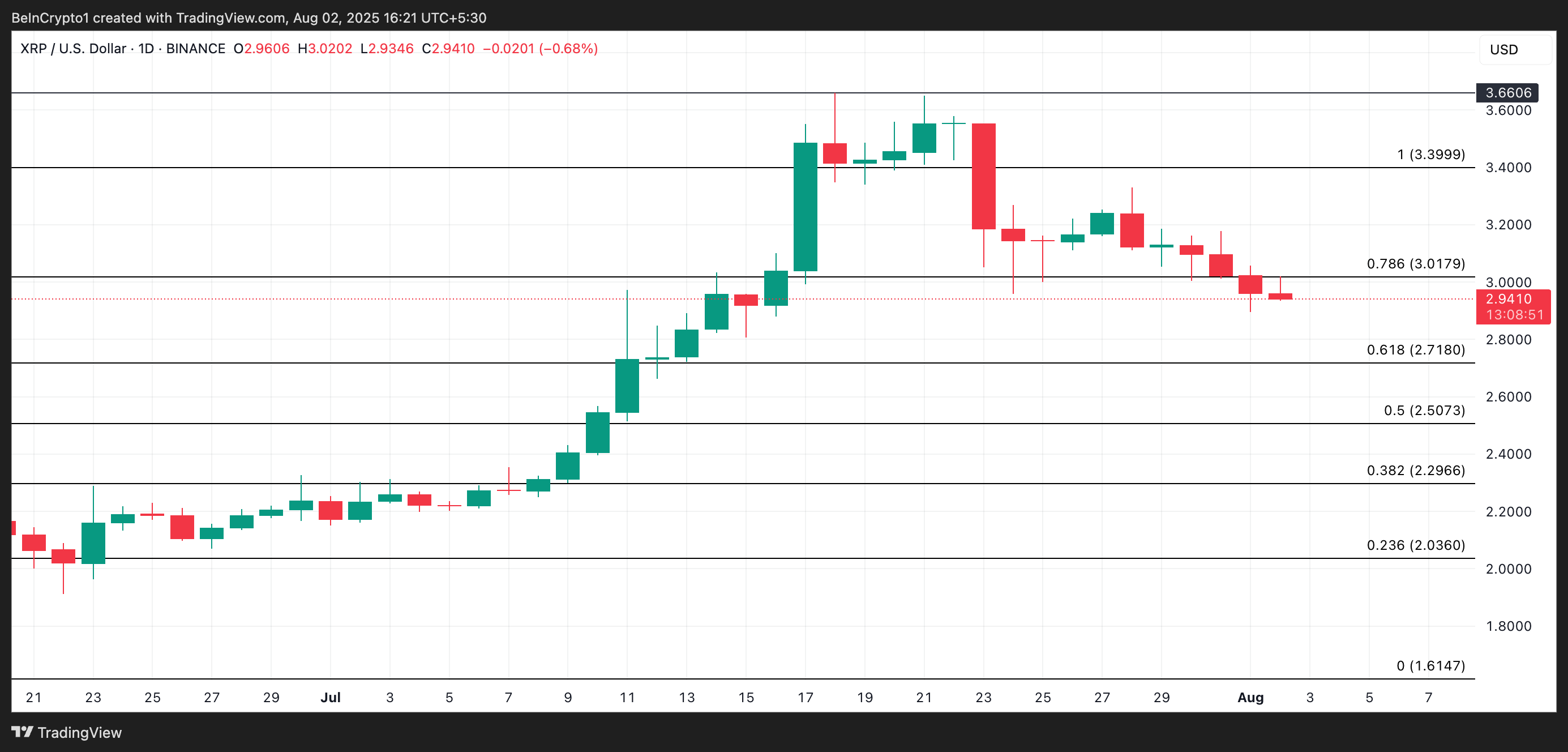Dutch Blockchain Week 2025 is just around the corner, marking one of Europe’s most anticipated events in the blockchain and Web3 space. Now in its sixth edition, Dutch Blockchain Week has become a must-attend moment on the calendar for global crypto and Web3 experts and enthusiasts alike. While many are drawn to the 20+ high-profile side events—rivaling the scale of Token2049 and hosted by leading exchanges like Bitvavo, Bybit (powered by SATOS), and others—the spotlight of the week is on the Dutch Blockchain Week Summit.
This two-day flagship conference will be held on May 21–22 at De Meervaart in Amsterdam, serving as the central meeting point for partners, policymakers, and key industry players. So, what can you expect from this year’s DBW summit?
A Lineup of Global Speakers from Across the Industry
The Dutch Blockchain Week Summit goes beyond the typical echo chamber seen at conferences. Instead of fixating on one segment of the market, the Dutch Blockchain Week invites speakers from across the industry including regulatory bodies like the EU, tier 1 exchanges, the most renowned funds and more.
Some sneak peak of the speakers:
- Constantijn van Oranje – Techleap
- Sjuul Follings – AltcryptoGems
- Brian Gahan – Kraken
- Eoin Kearns – Moonpay
- Meyade Curfs – Bybit
- Mark Jennings – Gemini
With more names to be announced soon, the speaker lineup is becoming one of, if not the most dynamic and influential in the European blockchain conference list.
The range of expertise extends into the interactive breakout sessions during the summit days. Day 1 from 11:55 to 12:55 and day 2 from 12:20 to 13:20, attendees from every corner of the industry can find value in the breakout sessions. Breakout sessions will happen between keynotes and fireside discussion with the full overview being provided during the event.
Interactive Exhibition Zone
A highlight of the summit is the dedicated exhibition area, giving Dutch Blockchain Week partners the opportunity to connect with attendees in an open, accessible setting at De Meervaart, Amsterdam. The space is designed for discovery, networking, and meaningful conversations—whether you’re looking for new, potential collaborators, or simply want to explore what leaders in the industry are doing.
Startup Pitch Arena & Dutch Blockchain Awards
New to DBW25, the Startup Pitch Arena gives emerging blockchain startups the opportunity to pitch live on stage in front of leading venture capitalists, ecosystem builders, and media. It’s a unique chance to gain visibility, receive valuable feedback, and connect with the right partners to scale their ideas.
The excitement continues with the return of the Dutch Blockchain Awards, celebrating outstanding contributions across the ecosystem. This year’s award categories include:
- Best Newcomer Award
- Best KOL Award
- Best Fund Award
- Impactful Person Award
- Meaningful Education Award
- BCNL Community Award
- Best Media Platform
- Best Exchange / Broker
With both recognition and real opportunities on the line, these two programs are set to be major highlights of the Summit—spotlighting both rising talent and established leaders shaping the future of Web3.
Voting is now open via: link
And Yes, Lunch and Refreshments Are Included!
All Summit attendees will enjoy free lunch and refreshments on both days—because big ideas need fuel. Whether you’re discussing tokenization policy over sandwiches or networking during a coffee break, the shared lunch setup ensures attendees stay energized and engaged throughout the day.
Backed by Industry Leaders
This year’s event is powered by partnerships with industry giants. Bitvavo takes center stage as Main Partner, supported by a powerful lineup including:
- Bybit (powered by SATOS)
- OKX
- Coinbase
- Kraken
- Fireblocks
- Talos
- VanEck
These partners will not only be present on the Summit floor but are also contributing to side events, speaker sessions, workshops, and activations throughout the week.
Final Countdown
Whether you’re attending for the keynotes, the networking, the startup exposure, or just to stay at the center of the action—Dutch Blockchain Week 2025 promises to be one of the most comprehensive Web3 experiences in Europe.Tickets are going fast! Only 2 weeks left to buy your ticket for the summit!
Visit the website to secure your spot at the Summit.
The post The Dutch Blockchain Week 2025 Main Summit appeared first on BeInCrypto.



